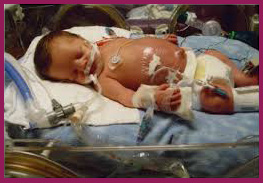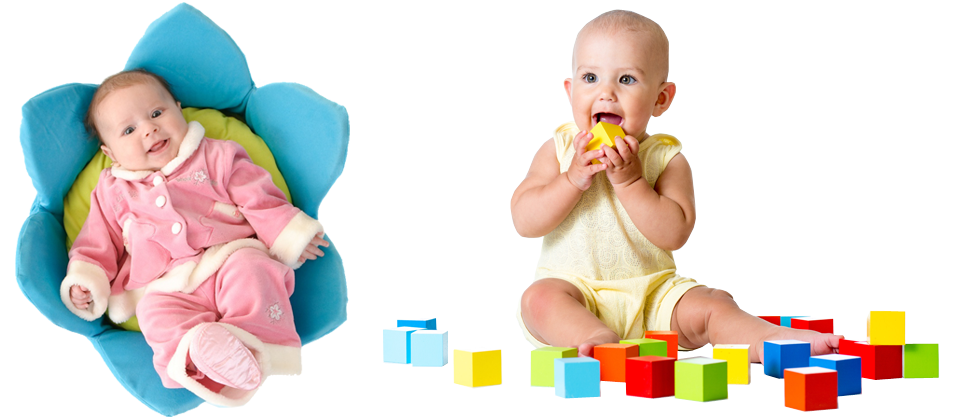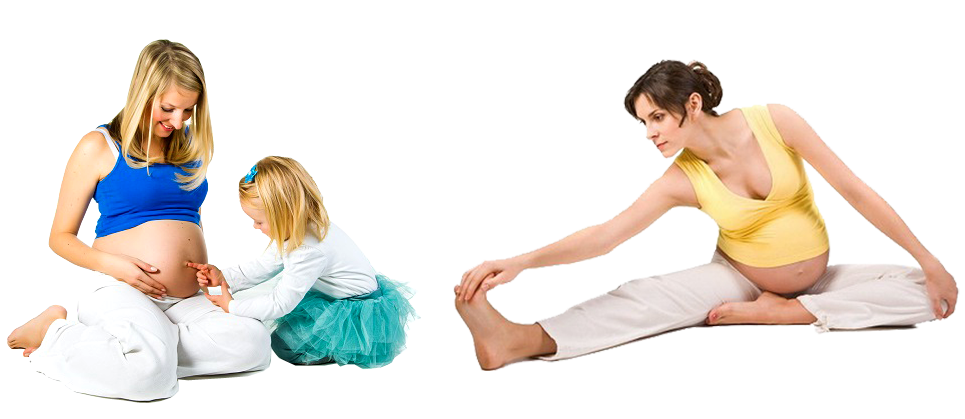
M.B.B.S., M.S. (Obs. & Gynae.),
M.R.C.O.G. (London), F.I.C.R.S.
+91 98740 82680, +91 9830642969
(For Appointment)
Call between 10 AM to 12 PM & 5 PM to 7 PM
+91 98740 82680, +91 9830642969 (In Emergency)
SMS if busy

M.B.B.S., M.S. (General Surgery)
M.Ch. (Paediatric Surgery)
+91 98740 82680, +91 9830642969
(For Appointment)
Call between 10 AM to 12 PM & 5 PM to 7 PM
+91 98740 82680, +91 9830642969 (In Emergency)
SMS if busy


M.B.B.S., M.S. (Obs. & Gynae.),
M.R.C.O.G. (London), F.I.C.R.S.
+91 98306 42969 (For Appointment)
+91 98740 82680 (For Appointment)
Call between 10 AM to 12 PM & 5 PM to 7 PM
+91 98306 42969 (In Emergency)
+91 98740 82680 (In Emergency)
SMS if busy


M.Ch. (Paediatric Surgery)
+91 98306 42969 (For Appointment)
+91 98740 82680 (For Appointment)
Call between 10 AM to 12 PM & 5 PM to 7 PM
+91 98306 42969 (In Emergency)
+91 98740 82680 (In Emergency)
SMS if busy
Emergency with the Prescription of the Doctor and intimate the Secretary of the Doctor on +91 98740 82680, 9830642969.


Emergency Paediatric Surgery :
- Pain abdomen
- Intestinal obstruction
- Constipation, abdominal distension
- Bleeding per rectum
- Appendicitis
- Urinary tract infection
Causes of Recurrent Abdominal Pain :
Abdominal pain is serious and a very common problem. Commonly known as stomach aches, the treatment is generally symptom based. The symptoms of abdominal pain are commonly found in school going children. It is a discomfort in which children faces pain from the lower chest to distal groin. The pain can be dull, cramps and may be sharp. The main cause of abdominal pain is constipation. The recurrent pain in abdomen is very common in children. This is not a serious problem, but should be prevented than cured. The most common symptoms, causes and prevention are discussed below in the article.
Symptoms of Recurrent abdomen pain:
|
|---|
How can you conclude the real reason behind recurrent abdominal pain :
A stool test can be conducted to know the reason behind the pain like lactose intolerance or amoebiasis or worms. Ultrasonography of the abdomen should be done to rule out any other pathology like mesenteric lymphadenitis. Diagnostic laparoscopy can be done if recurrent abdominal pain persists even after dietary modification, treating the constipation and deworming the child.
How can you treat recurrent abdominal pain:
There are many ways to treat recurrent abdominal pain as discussed in the first paragraph, the treatment depends on the symptoms and intensity, according to which the treatment is chosen and corrective measures are conducted.
Some of the general treatment includes:
|
|---|
Swelling Penis :
Phimosis, Paraphimosis are the two major issues which occur in males.
In Phimosis, the foreskin is not easily pulled back from the tip position of the penis. Normally, this problem takes place in younger children and this is not a serious condition. With spontaneous erections and natural manipulations, more than 90% of foreskin becomes retractable by age 3 to 4 years. Few require Preputioplasty and Circucision is reserved for Balanitis Xerotica Obliterans. Paraphimosis, is quite a painful condition which needs to be treated urgently. Paraphimosis is the condition in which the foreskin is pulled back or get stuck in the same position. Due to this the retracted foreskin, as well as the penis part, becomes swollen. In this condition, the fluid will build up, and thus the foreskin cannot be returned to its original position. If anyone ignores it then it can lead to major issues. This can have an effect on blood flow to the tip of a penis. And, if not treated on time then the tip of the penis can get damaged.The insect bite is a condition which can cause swelling of the phallus and prepuce. This can be easily treated by medicine.
Differential diagnosis
Penile edema, which is related to insect bites, allergic reactions, and trauma.
Causes of Phimosis and Paraphimosis:
|
|---|
Why Paraphimosis happens?
|
|---|
Treatment and cure for Paraphimosis:
The manual reduction is the first treatment which is suggested by your doctor. In this procedure, analgesic is given as a pain killer through the mouth. Other than this local anesthetic block is applied to your penis. Or applying anesthetic jelly in a local area is quite helpful during manual reduction. Injections of hyaluronidase are also effective to decrease the swelling.
Management Of Constipation & Bleeding In Rectum In Children!
Constipation is a symptom, not a disease. Constipation is a digestive disorder system where an individual faces difficulty to expel. An incomplete bowel movement is a sign of constipation. This condition causes the stiffening of stool near the rectum, obstructing the smooth passage of stool. In most of the cases, this occurs because of the improper diet. If one is suffering from constipation the faeces become hard, dry and emptying the bowels become painful. Sometimes it causes bleeding in the rectum. Constipation may also cause the abdominal pain.
Constipation is very common in kids. Constipation is a temporary problem, but, chronic constipation may lead to serious problems. The common causes of constipation in kids are improper toilet training and diet less in fibre content. One can avoid this by eating healthy food rich in fibre, drinking more and more fluids.
Symptoms
Mention below are the symptoms of constipation:
|
|---|
Causes
|
|---|
Preventions
One can get the better results if an individual combines all the approaches given below:
|
|---|
UTI
UTI stands for urinary tract infections. In children a urinary tract infection (UTI) is a very common condition caused by bacteria. Bacteria that enter the urethra are flushed out through urination. But, when bacteria aren’t excluded out of the urethra, they may grow in the urinary tract and cause infections. The Survey state that up to 8% of girls and 2% of boys will get a UTI at an early age. Sometimes the symptoms of UTI are hard to detect in kids so it is better to get your child treated, as it turn into serious kidney diseases. With a right treatment your child will feel better within few days.
Symptoms of a UTI include:
|
|---|
Causes
|
|---|
Prevention
|
|---|
Investigations:
|
|---|
Treatments
The most common antibiotics used for treatment are:Amoxicillin and clavulanic acid, Sulfamethoxazole-trimethoprim, Ofloxacin, Cefixime etc
Sometimes hospitalization is necessary in younger than 6 months old, if:
|
|---|



